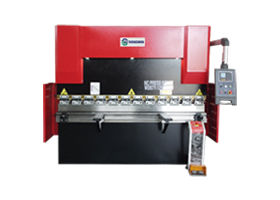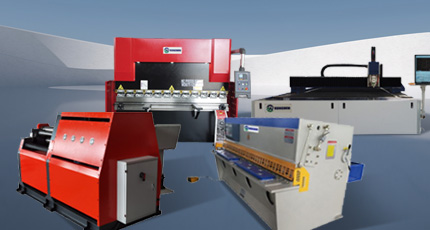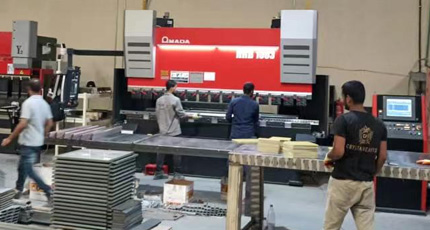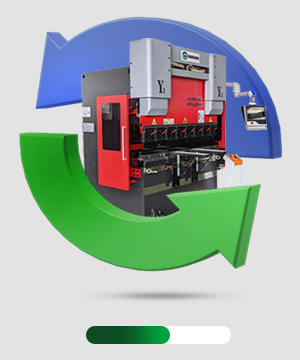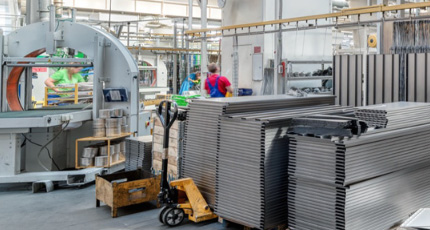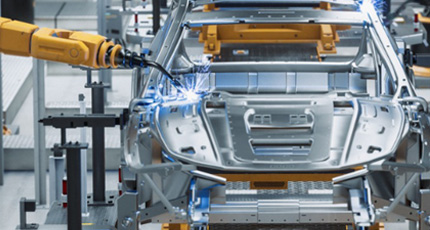Why Laser Cutting Safety is Crucial
Laser cutting is an incredibly precise and efficient technology used in various industries, from manufacturing to aerospace. However, with such powerful equipment, safety cannot be overlooked. Laser cutting machines use high-intensity laser beams to cut through metals, plastics, and other materials. While they offer excellent cutting accuracy, they also pose significant risks if not handled correctly.
Why is laser cutting safety so crucial?
Laser cutting machines operate at high power levels, which means that any mishandling can lead to accidents such as burns, eye injuries, or fires. Therefore, it’s important that every laser cutting operator follows strict safety protocols to avoid accidents and injuries.
In this article, we will explore the essential laser cutting safety protocols, the most common laser cutting hazards, and how operators can prevent accidents by following best practices.
The Importance of Proper Laser Cutter Setup
Before starting any cutting job, it’s critical to set up the laser cutting machine properly. The correct setup ensures not only optimal cutting performance but also operator safety.
1. Pre-operation Safety Checks
Operators should perform routine safety checks before operating the laser machine. This includes ensuring that the laser head is securely positioned, checking the alignment, and making sure the machine's cooling system is functioning properly. Incorrect setup or malfunctioning components can result in accidents.
2. Material Setup
Setting up the material correctly is another important safety consideration. Ensure that the material is securely placed on the cutting bed to prevent any shifting during cutting, which could lead to inaccurate cuts or even machine damage.
3. Power and Speed Settings
Adjust the laser cutter power and cutting speed based on the material being processed. If the settings are incorrect, there’s a higher chance of creating hazardous fumes or even causing fire risks.
Laser Cutter Safety Protocols Every Operator Should Follow
Operating a laser cutter safely requires strict adherence to safety protocols. These safety guidelines help prevent injury and ensure the longevity of the machine. Here are the most important laser safety practices every operator should follow:
1. Wear Protective Gear
Always wear the necessary personal protective equipment (PPE), including safety glasses with laser protection, flame-resistant clothing, and gloves. Protecting your eyes from the intense light of the laser beam is essential to prevent severe damage.
2. Avoid Direct Exposure to Laser Beam
Never position yourself or others in direct contact with the laser beam. Even though the beam is focused on the material, it can still cause severe burns or eye damage if someone comes into its path.
3. Ventilation and Fume Extraction
Laser cutting generates toxic fumes from the materials being cut. Ensure the cutting area is properly ventilated and equipped with a fume extraction system to maintain a safe working environment.
4. Keep the Area Clean and Tidy
A clean workstation is critical to preventing accidents. Flammable materials, debris, or excess dust near the laser cutter can lead to fires or equipment malfunction.
Common Hazards in Laser Cutting and How to Avoid Them
Laser cutting presents a variety of risks that need to be mitigated to ensure safe operation. Below are some of the common hazards operators should be aware of and how to avoid them:
1. Laser Beam Reflection
The high-intensity laser beam can reflect off certain materials, causing eye injuries or burns. This is especially true with materials like metals or mirrors. To avoid this, always use a laser beam enclosure and ensure all reflective surfaces are shielded.
2. High-Temperature Materials
Laser cutting generates significant heat, and the molten metal can splatter, causing burns or fires. Operators should ensure the cooling system is working and maintain proper distance from the cutting area.
3. Toxic Fumes
Depending on the material being cut, toxic fumes can be generated. Materials like plastics and certain metals can release harmful gases when cut. Always use a fume extractor and ensure the area is well-ventilated.
4. Electrical Hazards
The high-voltage components in laser cutting machines pose an electrical shock risk. Operators should ensure all connections are properly insulated, and the electrical system is regularly checked for potential issues.
The Role of Regular Maintenance in Laser Cutting Safety
Regular maintenance is crucial for the longevity of the machine and the safety of the operator. Well-maintained equipment reduces the risk of accidents, machine failure, and costly repairs. Here’s why maintenance plays a vital role in safety:
1. Inspection of Laser Head and Focusing Lenses
Regularly check the laser head and focusing lenses to ensure they are clean and functioning properly. Dirty lenses can cause inaccurate cutting or increase the risk of fire.
2. Cooling System Checks
The cooling system must be inspected regularly to prevent overheating. Overheating can lead to damage to the machine or even cause a fire.
3. Routine Calibration
Machines should be calibrated regularly to ensure the cutting beam is properly aligned. Misalignment can lead to inaccurate cuts or more serious safety concerns.
Training and Certification for Laser Cutting Operators
Training is one of the most important aspects of ensuring safety in the laser cutting process. Well-trained operators are more aware of the laser cutter safety protocols and are better equipped to handle emergency situations.
1. Comprehensive Safety Training
Operators should undergo thorough training on how to use the machine safely, how to avoid risks, and how to respond in emergencies. Training should also include first aid and fire safety.
2. Laser Cutting Certification
Many countries require operators to be certified in laser cutting to ensure that they understand the specific hazards associated with this technology. Certification programs cover all aspects of machine setup, operation, and maintenance.
Creating a safe laser cutting environment is not just about following protocols, but also about fostering a safety culture in your workplace. By adhering to safety best practices, investing in regular maintenance, and ensuring proper operator training, you can minimize risks and improve operational efficiency.
Implementing these safety practices ensures that the laser cutting process remains productive, precise, and, most importantly, safe for operators.
“Ready to ensure the safety of your laser cutting operations?
Get in touch with us to learn more about laser cutting safety protocols and training programs that will help protect your team and equipment.”














